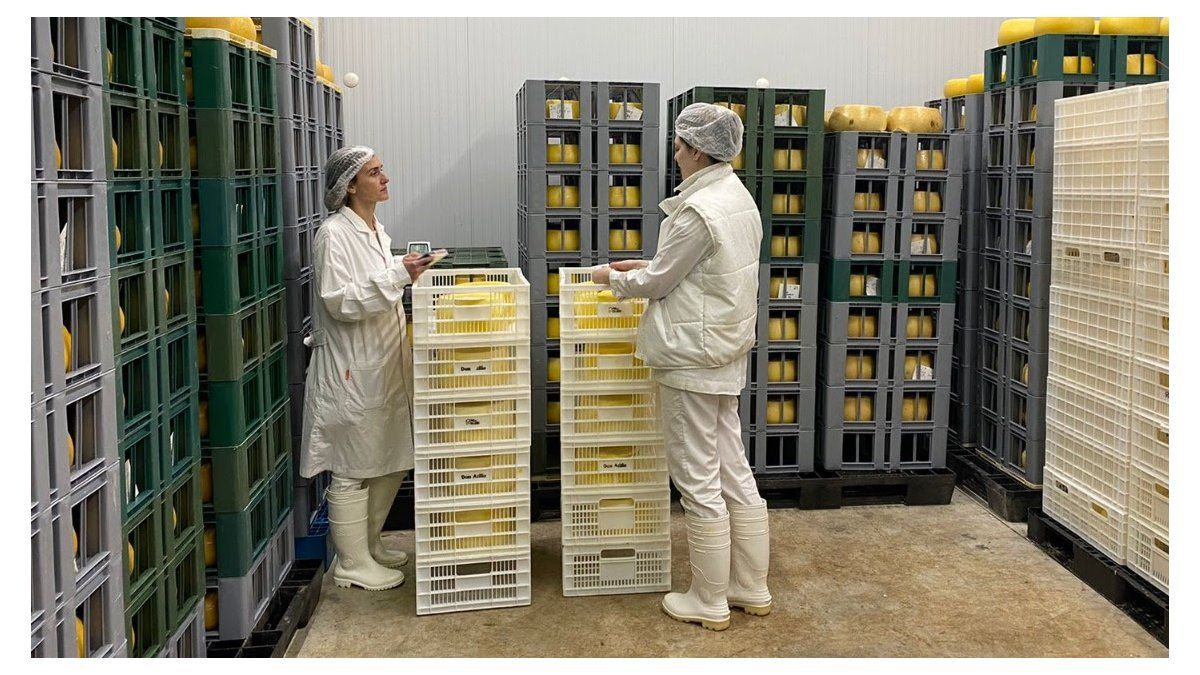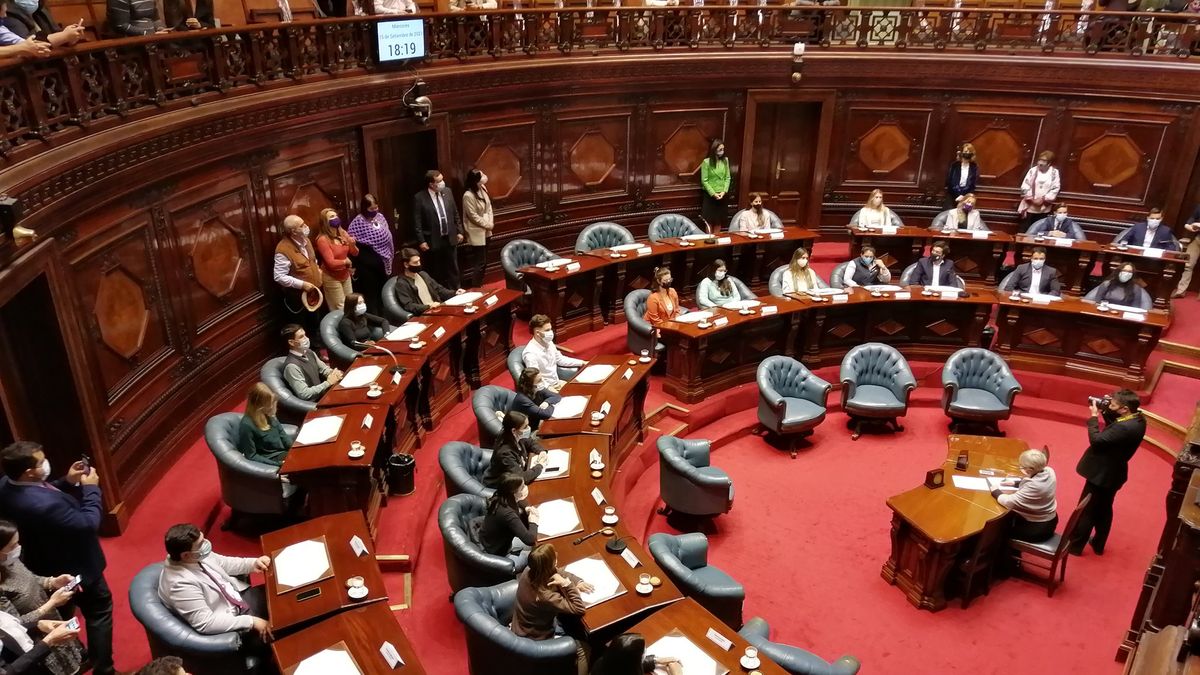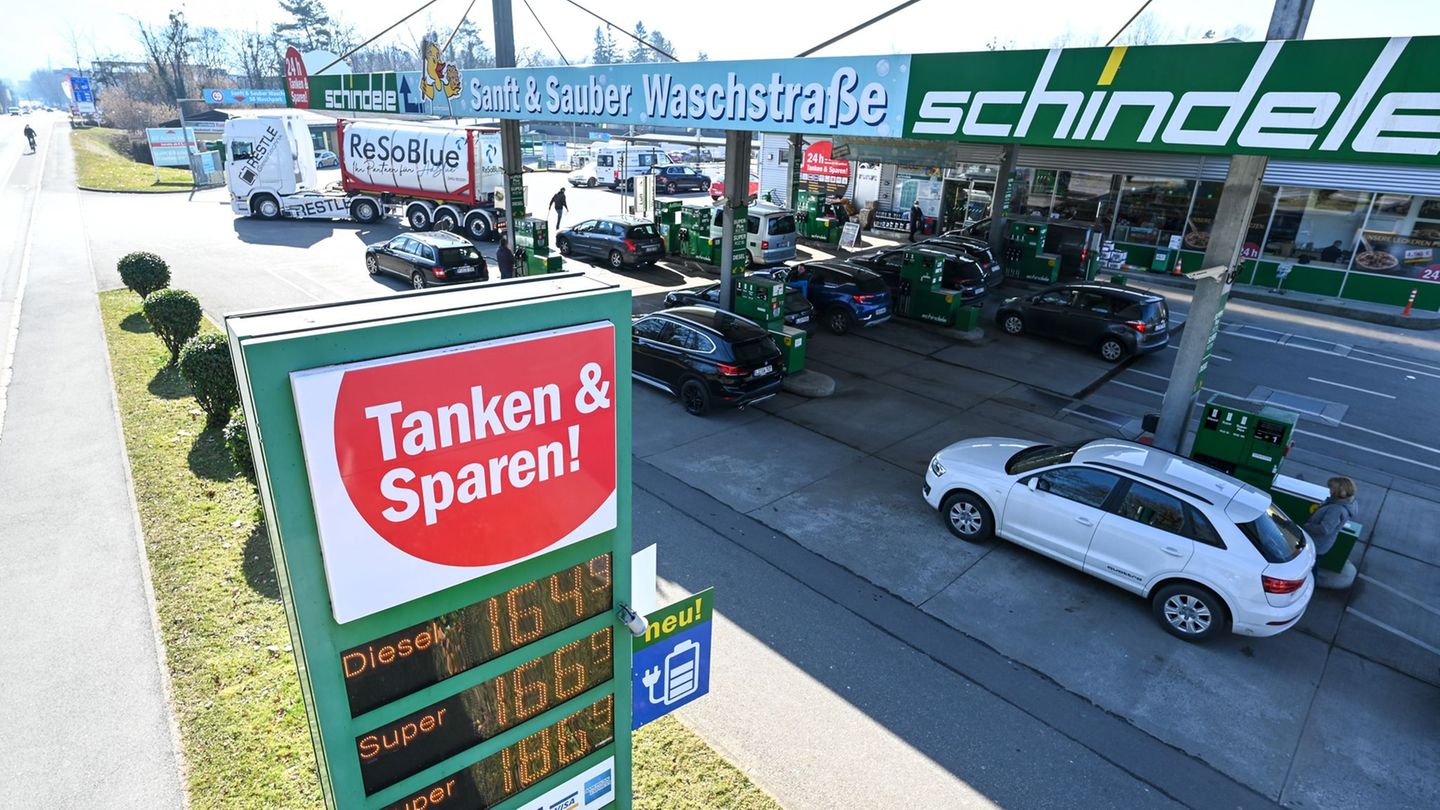According to the Argentine Dairy Chain Observatory (OCLA), one of the main causes was drought, combined with a general increase in production costs.
He milk sector faced a challenging year in 2023 and recorded a 2% drop in national milk production: 11,326.6 million liters. This contraction, reflected in the 2.1% reduction in useful solids (butyrous fat + protein), was mainly influenced by the persistent drought that affected the country during 2022 and much of last year.
The content you want to access is exclusive to subscribers.
According to him Argentine Dairy Chain Observatory (OCLA) one of the main causes was drought, combined with a general increase in production costs.


In turn, adverse weather conditions directly impacted the humidity levels necessary for livestock grazing, affecting the quality and quantity of dairy production.
For this year, the OCLA projects a new decline of 2.8%, placing the volume slightly above 11,000 million liters. These figures reflect the continuous challenges faced by the Argentine dairy industry, calling attention to the need for strategies and policies that address the climatic and economic factors that impact its development, the sector noted.
Furthermore, they explained that the variations in the exchange rates of the “soy dollar” contributed to an increase in prices of concentrates and rentals and directly impacted production costs.
Finally, OCLA stated that the inflationary and devaluation process, combined with the previously mentioned factors, determined an inextraordinary increase in production costs, which were not offset by increases in producer milk prices.
Despite this adverse outlook, the report highlights a notable resistance in productive units of larger size, which managed to sustain production throughout the year above the levels recorded in the previous period.
Source: Ambito




